Sponsored by AdmesyNov 18 2015
Incandescent light bulbs, which were invented almost 100 years ago, provide a safe and simple way of controlling light. When incandescent bulbs became outdated, the CFL bulbs were considered as an alternative light source, and later on LEDs replaced CFLs.
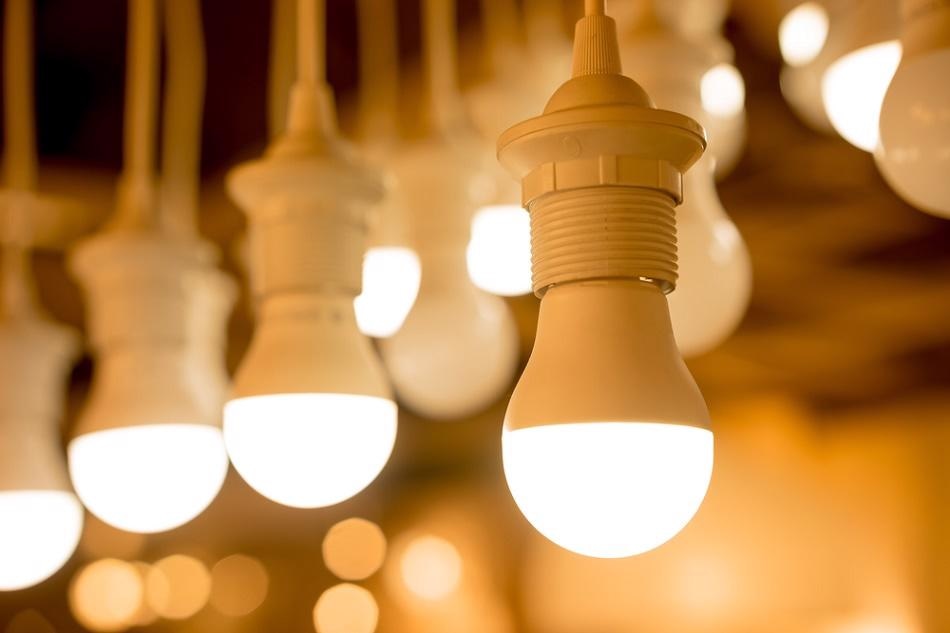
Image Credit: DK samco/ Shutterstock.com
Following the invention of the electric bulb incandescent light was used as a reference light source by people across the world to satisfying the need for a set standard.
Consumers are likely to reject light sources that do not meet the expected standards. Traditionally, the quality of light sources was assessed by sampling during the manufacturing process, which was good enough for assessing the quality of the entire lot.
The working principle of the incandescent lamps is simple: they either light up or they don’t, which simplifies the quality inspection during the manufacture. Even if a few bulbs break during the manufacturing process, there wouldn’t be a major loss because of their low production costs.
LED and SSL Lighting Solutions
At present, the manufacturing process of light bulbs involves a complex series of steps. Even though LED and SSL lighting solutions follow a different manufacturing technology, they are preferred when high sustainability and conscious energy consumption are critical.
The unique manufacturing technology of these light sources opens up a wider scope of their applications. The following benefits can be gained by switching over to LED or SSL light sources from incandescent light sources:
- Longer life time
- Low consumption of energy
- Remote control
- Multi-color
However, consumers expect these light sources to reproduce the color and the warmth that incandescent light sources are capable of generating. Two most critical criteria for gaining consumer acceptance and implementation are the CCT and CRI.
LED and SSL products are often loaded with electronics so they can meet these demands, especially demands that prevail in the consumer market. Another criteria for the achieving success in the market is that these products need to fit into existing infrastructure.
Quality Inspection of LED and SSL Products
Due to the complexities mentioned above the implementation of new lighting products involves many challenges and risks. The output of these sources including the brightness, color and behavior are affected by the components they are made of. For instance, when different LEDs are integrated to create white light, some deviations in color are likely to occur.
The chances for flicker to occur also increases as the number of components are increased. The flicker behavior of light sources has been researched extensively, and a recent study published report by the US department of Energy titled “Solid-State Lighting: Early Lessons Learned on the Way to the Market” states that the flicker of light sources has a detrimental effect on the performance of tasks. It can also cause fatigue, headaches and severe neurological damage that leads to epileptic attacks.
Therefore, the manufacturing process of LED and SSL light sources needs to be scrutinized closely so that a high quality standard is maintained. The traditional quality inspection method that involves the sampling of end products to monitor the manufacture of incandescent lamps is no longer valid. The quality inspection process consists of scrutinizing each LED thoroughly by measuring, testing and altering accordingly. The future industry relies on such alterations based on direct feedback loops.
Comprehensive quality inspection of LED and SSL products cannot be done using existing standards and measurement processes. For instance, the total luminous flux along with the spectral power of the light source can be measured only if the light source is placed in an integrating sphere. However, using this testing method for the QC of each LED or SSL light bulbs would result in a steep rise in their manufacturing costs.
In the future, LED and SSL manufacturing lines will require rapid and accurate measurement systems for quality inspection. The Cronus Bhaskar system (Figure 1) developed by Admesy has been specifically designed to meet the unique production requirements of inline LED measurements.
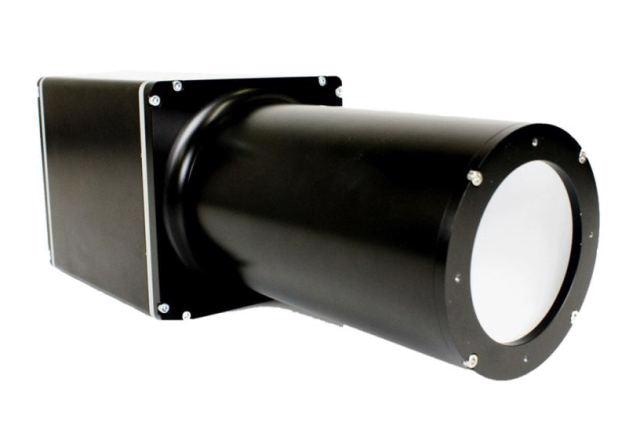
Figure 1. Cronus Bhaskar system. Image Credit: Admesy
Cronus Bhaskar System
An integrating sphere and a typical cosine corrector measurement system are combined to form the Cronus Bhaskar system. This system has been optimized for providing accurate, rapid and reproducible inline measurements of LED bulbs. A typical E27 (or smaller) fitting light bulb can be completely covered by the bottom portion of the Cronus Bhaskar system (Figure 2), which acts like an integrator. Repeatable and precise measurement of parameters like relative light output, color, optional flicker and start-up behavior can be achieved by this system within a few milliseconds.
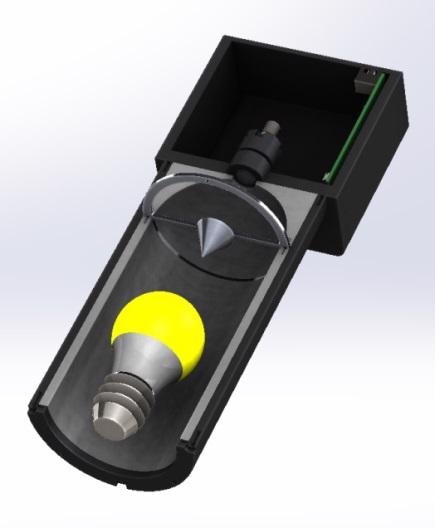
Figure 2. Cutaway illustration of the Bhaskar system. Image Credit: Admesy
The newly designed Cronus Bhaskar system (Figure 3) is a production-friendly version of the standard measurement geometries and regulations laid down by CIE.
First, standard measurements are taken in an integrating sphere under ideal conditions by taking a light bulb from production or prototyping as a reference. Then, the reference bulb is considered for measurement in all Bhaskar systems that are installed in production.
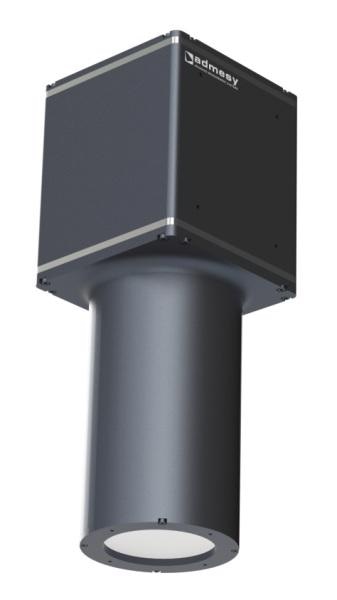
Figure 3. The Cronus Bhaskar measurement system is a production-friendly extension to standardized measurement geometries and conditions as described by CIE. Image Credit: Admesy
The measurements obtained from the Bhaskar system are compared with values measured in the lab for obtaining inter-device comparable and traceable lab-accurate measurements in production lines. This method of measurement enables the measurement of color, spectral power distribution, general appearance and CRI. Apart from these measurements, direct measurements of the flicker and start-up behavior of light bulbs can also be obtained.
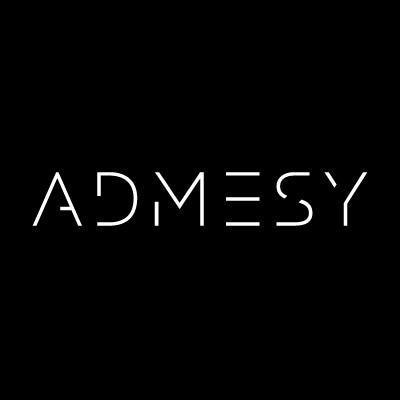
This information has been sourced, reviewed and adapted from materials provided by Admesy.
For more information on this source, please visit Admesy.